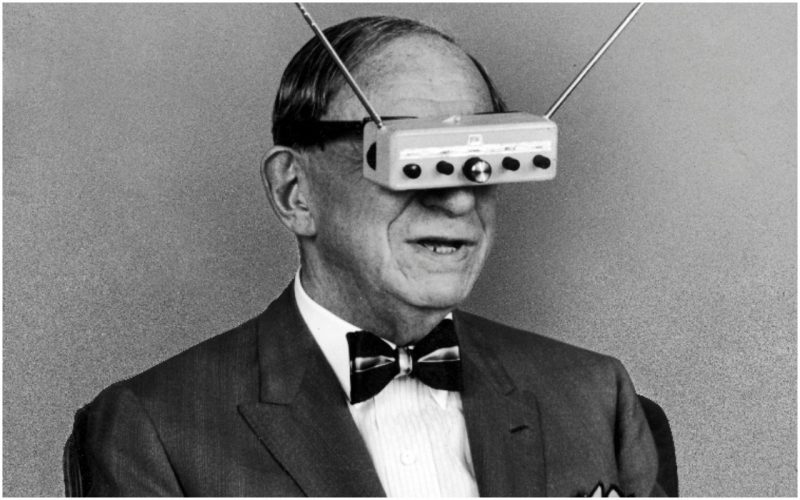Science fiction is one of the most popular genres of literature of the 20th century. Influenced by various ideas and predecessors, this blend of futuristic predictions and storytelling has been around ever since man started producing machines capable of reducing work and optimizing production.
Historians argue about who is responsible for inventing the genre, with many of them supporting the claim that it was Mary Shelley with her novel Frankenstein; Or, the Modern Prometheus, published in 1818, but when it comes to the United States, there is little doubt. One man was and is hailed as the Father of Science Fiction, and his name was Hugo Gernsback.
Born in Luxembourg, Gernsback emigrated to the United States in 1904. From an early age, he showed interest in developing technology, especially the radio, which was then known as the “wireless.”
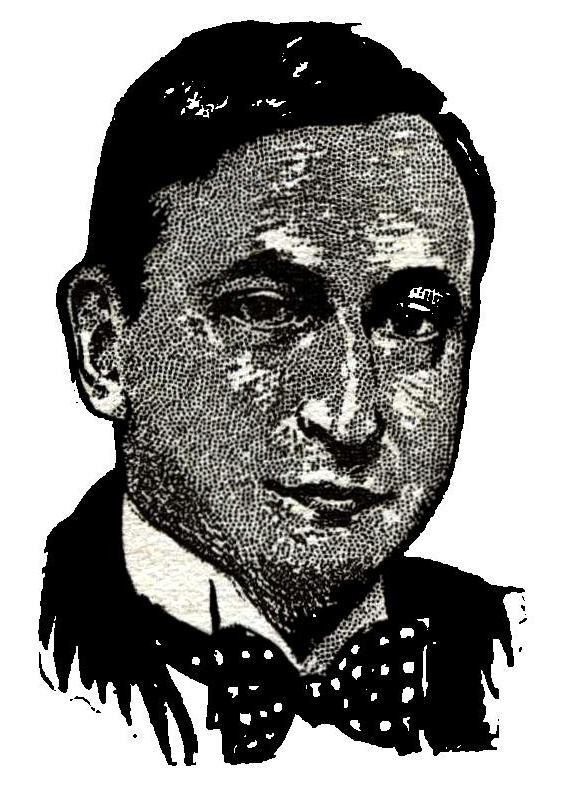
At first, Gernsback was trying to make a name for himself as an entrepreneur, managing Modern Electrics, the first magazine in history to deal with both electronics and radio. Even though Modern Electrics served more as a catalog for customers than a scientific journal, it included news, articles, and an editorial policy, thus qualifying as a magazine. It also held a section intended for “radio amateurs,” or people who were interested in the technology out of sheer enthusiasm.
Gernsback’s fascination with radio transmissions took hold. It opened to him a world of imagination in which Gernsback saw remote-controlled energy waves and space travel, and other marvels awaiting mankind in the future. He started a magazine called Amazing Stories―once again, first in its field―designed to promote and publish stories revolving around technological gadgets and human response to the development of science.
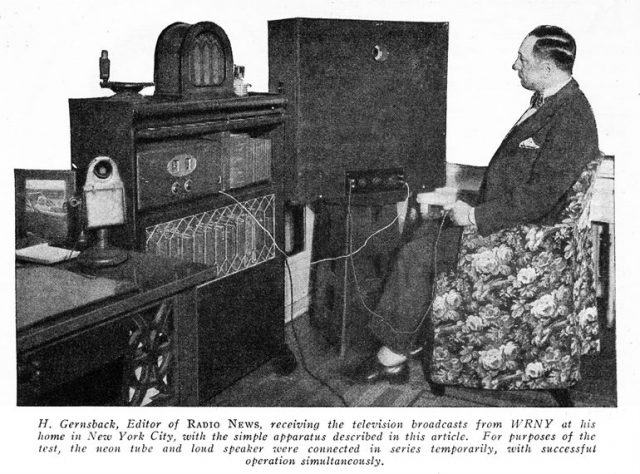
Pioneers of the genre like H. G. Wells and Jules Verne changed the way we perceive literature with their innovative subjects and challenging visions, which certainly influenced Gernsback in pursuing his career in publishing, but the man who actually inspired Hugo to take these steps into the unknown was Percival Lawrence Lowell.
This 19th century American writer, mathematician, astronomer, and businessman offered some of the boldest ideas of his time. His theory that the underground of Mars is inhabited by intelligent beings who dwell in an infinitely complex system of canals was the trigger for H. G. Wells to write his famous War of the Worlds.
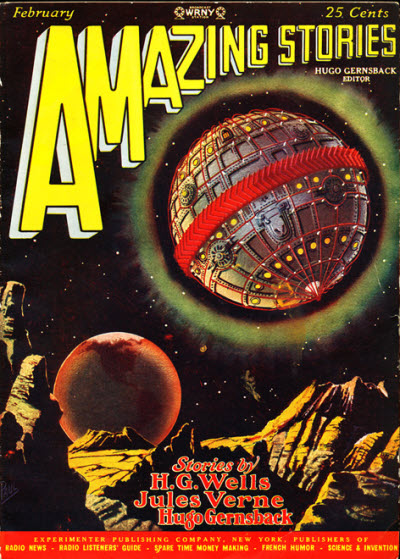
These influences reached Gernsback as well, as he concocted a recipe for writing what he initially called “scientifiction.” According to him, a science fiction story should have a ratio of “75 percent literature interwoven with 25 percent science.” In the second issue of Amazing Stories, the term “sci-fi” was coined, as short for “scientific fiction.” This label stuck and remains in regular use today.
During the time, such literature was perceived as “pulp,” and although it guaranteed a profit, it was often diminished by critics who failed to see the true value of the genre.
8 Surprising things not many people know about Nikola Tesla
Apart from editing the Amazing Stories magazine, Gernsback wrote three novels, the first of which, Ralph 124C 41+, is considered a classic for its predictions of television, videophone, transcontinental air service, solar energy in practical use, and other inventions that would become common in the future. Although a classic in its own right, the book is poorly written, critics agree, as Gernsback obviously had more talent in envisioning and managing a magazine that would popularize sci-fi than in writing his own stories.
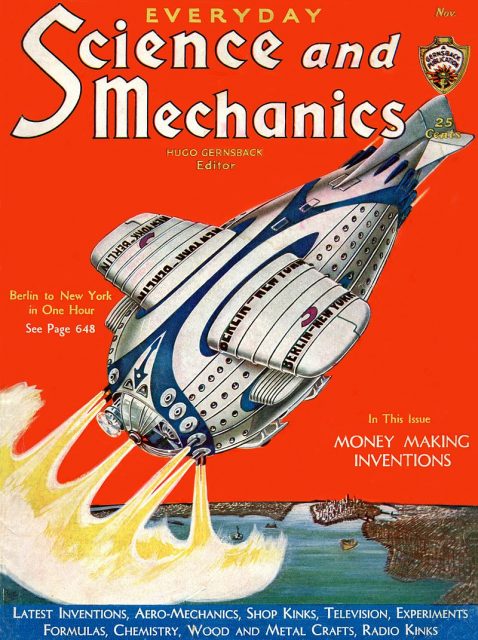
But his greatest legacy is not the magazine alone, despite the fact that it helped authors like H. P. Lovecraft find a following.
The true value of Gernsback’s life’s work lies in the development of sci-fi fandom, which grew up around the magazine. When he introduced the letters column into Amazing Stories to which readers could contribute, Gernsback chose to publish names and addresses of the people who sent letters. Later on, the readers would communicate with one another via mail, thus forming the very first fan network.
It was the first time that science fiction took a step out of the dark and became a thriving subculture. Suddenly, letters from all over the United States started to arrive. The community was born, and more importantly―it became aware of itself. Today, it is perhaps one of the largest fandoms of all, gathering people from all walks of life and involving various subcategories.
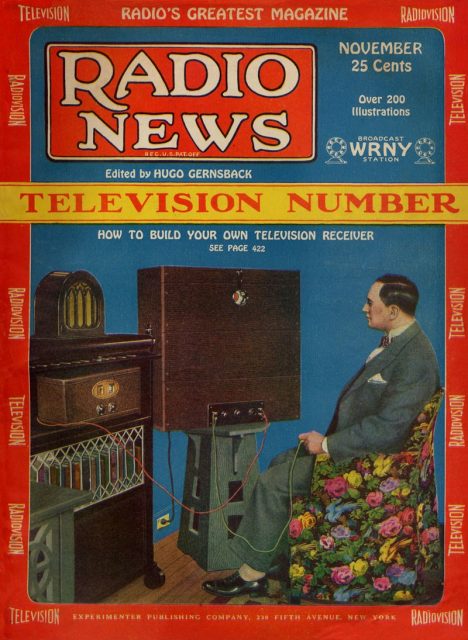
On the other hand, Gernsback was notorious for paying extremely low fees to his writer, if he paid them at all. Lovecraft, together with Clark Ashton Smith―another fantasy writer―often referred to him as “Hugo the Rat,” because of his business practices that were reportedly shady and his habit of avoiding payment.
Barry N. Malzberg, a contemporary author of sci-fi prose and a historian of the genre, noted in the Science Fiction and Fantasy Writers of America Bulletin that: “Gernsback’s venality and corruption, his sleaziness and his utter disregard for the financial rights of authors, have been well documented and discussed in critical and fan literature.”
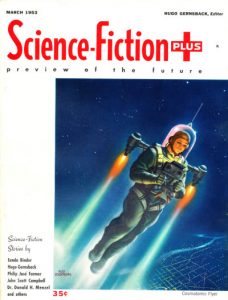
Nevertheless, Hugo Gernsback’s legacy is undoubtedly important for the development of the genre and its current status. Starting on the outskirts of literary underground and reaching the well-deserved “high literature” label with authors like Arthur Clark and Stanislaw Lem, the sci-fi genre has certainly gone a long way.
In honor of Gernsback’s contribution, the World Science Fiction Convention named its main prize the Hugo Award, given annually for the best science fiction or fantasy works and achievements of the previous year.
Nikola Budanovic is a freelance journalist who has worked for various media outlets such as Vice, War History Online,The Vintage News, Taste of Cinema,etc. He mostly deals with subjects such as military history and history in general, literature and film.
